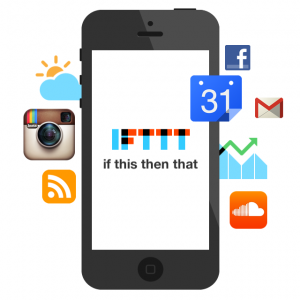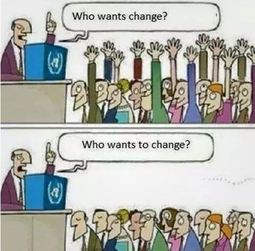“Don’t steal my car!” a total stranger, an older white man, told me this morning. He said this while we were in a restaurant when I walked past him to get an item from my car. We had arrived at the same restaurant parking lot earlier, and he had parked his car, an older model Porsche, next to my car, a Prius. It’s not every day a total stranger tells me not to steal his car, so I was a bit startled by it. My initial reaction was, “did he just really say that?” As soon as I heard what he said, I responded, “Excuse me. What did you say?” Maybe he had thought he wasn’t going to get any response from me or if he did, he expected a more positive one. He looked startled when I said that to him. Because I was with a group of co-workers to celebrate the retirement of one of the school administrators, my personal mentor actually, I chose not to continue my exchange with this stranger.
Whether this stranger said this as a joke or whatever his intent was, he probably didn’t expect the impact on me, based on my reaction. Maybe he was expecting me to laugh and go along with the humor. I didn’t see it that way. I later posted this incident on Facebook, along with my sarcastic comment that maybe I look like a car thief even with my professional attire (dress shirt, slacks, and tie). I also commented that he was an “SOB”. The reactions ranged from that it was a joke to racial profiling and the possibility that the stranger was posturing, that as males, this was a display of competition.
In the most objective analysis, I can suggest the idea that intents do not always equal impacts. I can give that stranger the benefit of the doubt that his reasons could be just that he was joking, as suggested by a couple of friends who responded to my Facebook post. I wouldn’t say that to a total stranger because I am cautious of what I say, and I was raised to be respectful. But what makes this incident somewhat complex is that as the recipient of this comment, I carry experiences that formed my emotional reaction to it. While I suggested in my Facebook post today that the stranger’s comment was more of a reflection of himself than mine, my reaction is also based on my perception. The incident today triggered an experience I had a long time ago. When I was younger, I had a similar incident happen to me. I was waiting for my parents in our car, with the window open, while they were in a doctor’s clinic, and this older white male just came up to me and told me, “don’t steal my car,” as he pointed to his car parked a couple of stalls away. I didn’t know how to react back then; I didn’t dare to respond to him like I did today.
There have been several times in my life when I’ve been in situations when I felt like I was treated with lesser respect than others. For example, there have been times when I’m shopping and either an employee follows me closely, or at other times, I am offered no help. One unpleasant experience was at Nordstrom in Santa Barbara. Two employees, a few feet away from me, did not even acknowledge me or offer their help. I was the only person in that store area at that time. I was alone until an older white couple, dressed like they would have money, joined me. The two employees immediately walked and greeted them and cheerfully offered their help. This is when I went through a process of posing questions in my head, trying to understand why this just happened. It’s a process I go through more than I would like, given the number of similar incidents in my life. Was it because I was wearing shorts and a t-shirt and I probably looked like I had no money to spend? Is it because of my age, my look, my race, or maybe something else? I have had similar experiences at Best Buy in the past, where I was ignored.
Interestingly, when I described my experience to a co-worker who once used at Best Buy, he mentioned that when he worked for the company, he was trained to look for people who may not look technically knowledgeable. These are the customers whom they could potentially sell extra warranties because that’s where the store makes money. I had not considered that perspective before. After hearing this, I added another possibility as to why I’ve gotten the treatment from Best Buy. Maybe I look like someone who may know about technology, so they don’t bother taking the time helping me. Of course, it still doesn’t make sense why a store would not treat every customer, no matter how they look, as potential revenue.
I once brought some friends of mine, young Filipino-Americans, to a nice restaurant in Montecito. Montecito is a very affluent town and not a diverse community. How we were treated was one of the most blatant displays of discrimination. The waiter ignored us the whole time we were seated, and when he attended to our table, the cheery and friendly disposition he treated the other customers, all white folks, suddenly turned to a look of annoyance. It was a disappointing experience, to say the least. I can cite other incidents similar to this experience as well.
The incidents above lead me to question the motivations behind how I’m treated and the realization and disappointment that I will encounter these situations throughout my life because of how I look, speak, and have a socioeconomic background.
Going back to the incident today, I can look back and either accept the idea that the stranger was just a bad comedian with no ill intent or that his comment was driven by malice. I don’t know his intent, and I’m certainly not going to excuse his action, but all I know is that as the recipient, the impact was not a positive one.

